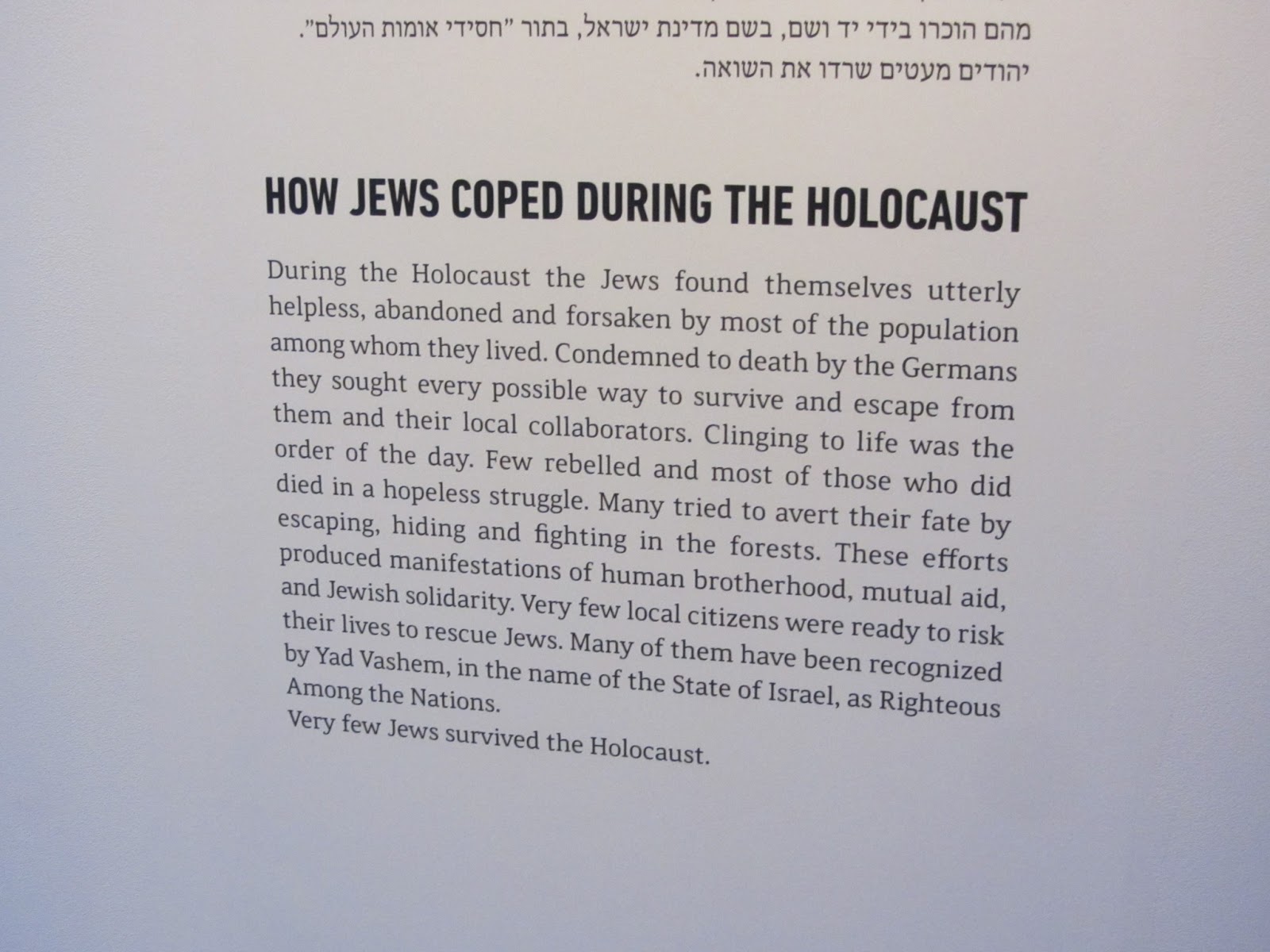"And I know one thing more - that the Europe of the future cannot exist without commemorating all those, regardless of their nationality, who were killed at that time with complete contempt and hate, who were tortured to death, starved, gassed, incinerated and hanged..." Andrzej Szczypiorski, prisoner at Sauchsenhausen
I have been home for two days and Poland seems like a million miles away. As I return to my daily routines I frequently return to the senses of our trip. The sight of the incineration chimneys, the sounds of nature all around these places of horror, the smell of the musty barracks and storage facilities. They are with me forever. They live in me now and it will take time to get used to them.
I was not able to fully keep up with my blog while I was traveling. At some point I decided that it was important to focus on the experience. I took over 2000 pictures; wrote hundreds of notes. At times, the camera was a barrier to what we were experiencing. It was better for me to see, hear, discuss, and sometimes cry my way through them.
There is no way to summarize my experience. However, one major themes stand out. That being, that the objective was as much to learn about how these people lived, as it was to understand and appreciate how they died. To that end I enjoyed and was taken by how the Jews of Europe lived prior to the war and it brought me great personal joy to see how much of the Jewish culture and community had been restored to parts of Europe. It is an enduring testament to the resilience of the Jewish culture; a flame that cannot be extinguished.
There is a personal connection to my history as well....my family goes back many generations in Poland. At a stop in Poland a man asked me where I was originally from....only at that moment did it occur to me that, had the holocaust not happened, I would have been from Poland.
How will we carry the legacy of what the Jews of Europe endured and keep it relevant to students and younger generations? For me the answer is simple, while we continue grow in understanding, we teach those who do not yet know. That is how generational memories are preserved and protected.
I feel grateful for the Holocaust Museum, Yad Vashem and all of the incredible individuals who give their time, dedication and energy to educate at the various sites that commemorate these events. I take a vow to do my best to honor the memory of those who perished.
Special thanks...
Mr. Stanley Greenspon
Marty Birnbaum and Roslyn Greenspon
The Blumenthal Foundation
The Jewish Federation of Greater Charlotte and Sue Worrel The Levine-Sklut Judaic Library and Andrea Mesoznik
The American Gathering of Jewish Holocaust Survivors and Their Decedents
Vladka and Ben Meed
http://jwa.org/encyclopedia/article/meed-vladka
http://www.ushmm.org/wlc/en/article.php?ModuleId=10007256
Stephen Feinberg
The Holocaust and Jewish Resistance Teacher Program
My fellow participants who were an inspiration
My husband and children for supporting me and allowing me to experience this journey
My grandparents and parents
And a special thank you to Elaine Culbertson for her shoulder to cry on, compassion, zest for life and for being willing to share her stories with me.


















































































































































































